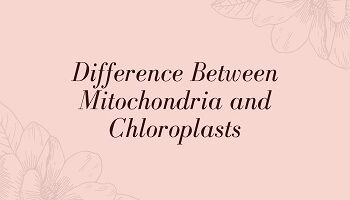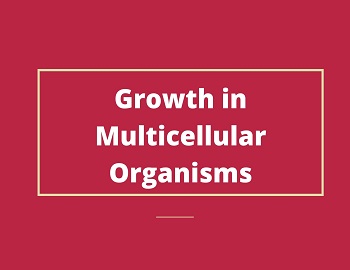Table of Contents
Important Features of Phylum Chordata:
- All chordates are triploblastic, eucoelomate, metamerically segmented with bilateral symmetry.
- All chordates possess a notochord. It is a dorsal flexible but firm rod that extends all along the body length and supports the body. It may be present throughout or only during early embryonic life.
- All chordates have a dorsal tubular nerve cord. It is usually differentiated into the brain and spinal cord.
- All chordates have pharyngeal gill clefts during some time in their life cycle.
- The digestive system is complete. The system has internal digestive glands and two external glands of the pancreas and liver.
- The circulatory system is closed and the heart is 2-4 chambered and is ventral and highly muscular.
- Haemoglobin is the respiratory pigment. It is present in the red blood corpuscles.
- Blood flows forward in the ventral vessel and backwards in the dorsal vessel.
- Special respiratory organs in the form of gills or lungs.
- The post-anal tail is present in the early stages.
- The body is markedly differentiated into head, trunk and tail.
- Excretion takes place by kidneys.
- The sensory system comprises eyes, ears, olfactory, gustatory and tactile organs.
- The endocrine system is present in most chordates and is an essential constituent of the coordination of body functions, growth and development.
- Asexual reproduction is usually absent. Sexes are commonly separate. Gonads have gonoducts.
| Key Point: The term Chordata was coined by Balfour (1880). |
Advancements Over Non-chordates:
Chordates present advancement over non-chordates in the following features-
- The endoskeleton is living which grows with the growth of the body. It is not shed like the exoskeleton of non-chordates. Muscles are also attached to it for providing quick movements.
- The circulatory system is more developed and highly efficient. Blood flows through closed blood vessels, called capillaries.
- Haemoglobin is carried in RBCs and is not dissolved in plasma. It increases the efficiency of the respiratory system.
- The respiratory system is highly developed.
- The nervous system has become centralised. It provides more space for nerve cells and an efficient integrated system of control.
- Sense organs are more highly developed.
Sub-phylum of Chordata:
The two sub-phylum of Chordata are-
- Protochordata (Urochordata and Cephalochordata).
- Vertebrata.
Characteristics of Protochordata:
- Protochordates include primitive chordates which are exclusively marine and do not have cranium or brain box. It includes both Urochordata and Cephalochordata.
- They possess dorsal tubular nerve cord, notochord and pharyngeal gill clefts.
- In Amphioxus (Lancelets), the notochord and nerve cord extends the entire length of the adult (Cephalochordates).
- In Herdamania, the notochord is restricted to the tail region in the larval stage and gets lost in the adults (Urochordates).
Examples:
(I) Urochordata– Tailed ascidian (Oikopleura), Tail-less ascidian(Doliolum, Herdmania, Salpa).
(II) Cephalochordata- Branchiostoma (Amphioxus or Lancelet).
Characteristics of Vertebrate:
- Vertebrates include animals which possess vertebral column and a cranium.
- They possess a well-developed brain follows by a spinal cord in the vertebral column.
- They bear two pairs of appendages, three pairs of sense organs.
- Aquatic vertebrates have gills and terrestrial forms have lungs for respiration.
- The heart is located on the ventral side.
- The skin is separable from the visceral organs and the skeleton is internal.
- The liver and pancreas are well developed.
Examples- Lizards, Frog and birds etc.
“All vertebrates are chordates but all chordates are not vertebrates”. Justify the statement?
All the vertebrates are chordates because they have all those characteristics which are essentially fundamental features of chordates like the presence of a notochord, a dorsal hollow nerve chord and paired pharyngeal gill slits. But all the chordates cannot be vertebrates as some chordates like Protochordates do not have cranium or brain box. In Urochordates, the notochord is restricted to the tail region in the larval stage and get lost in the adults.









Comments (No)